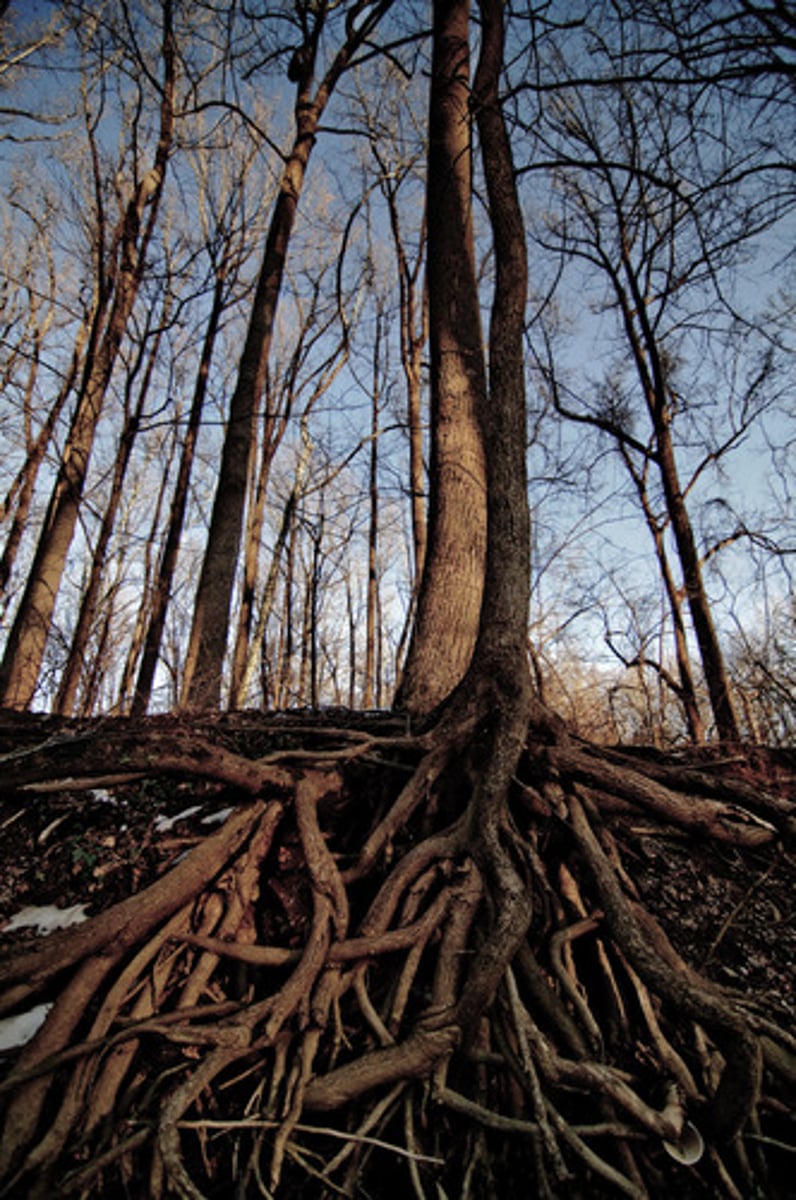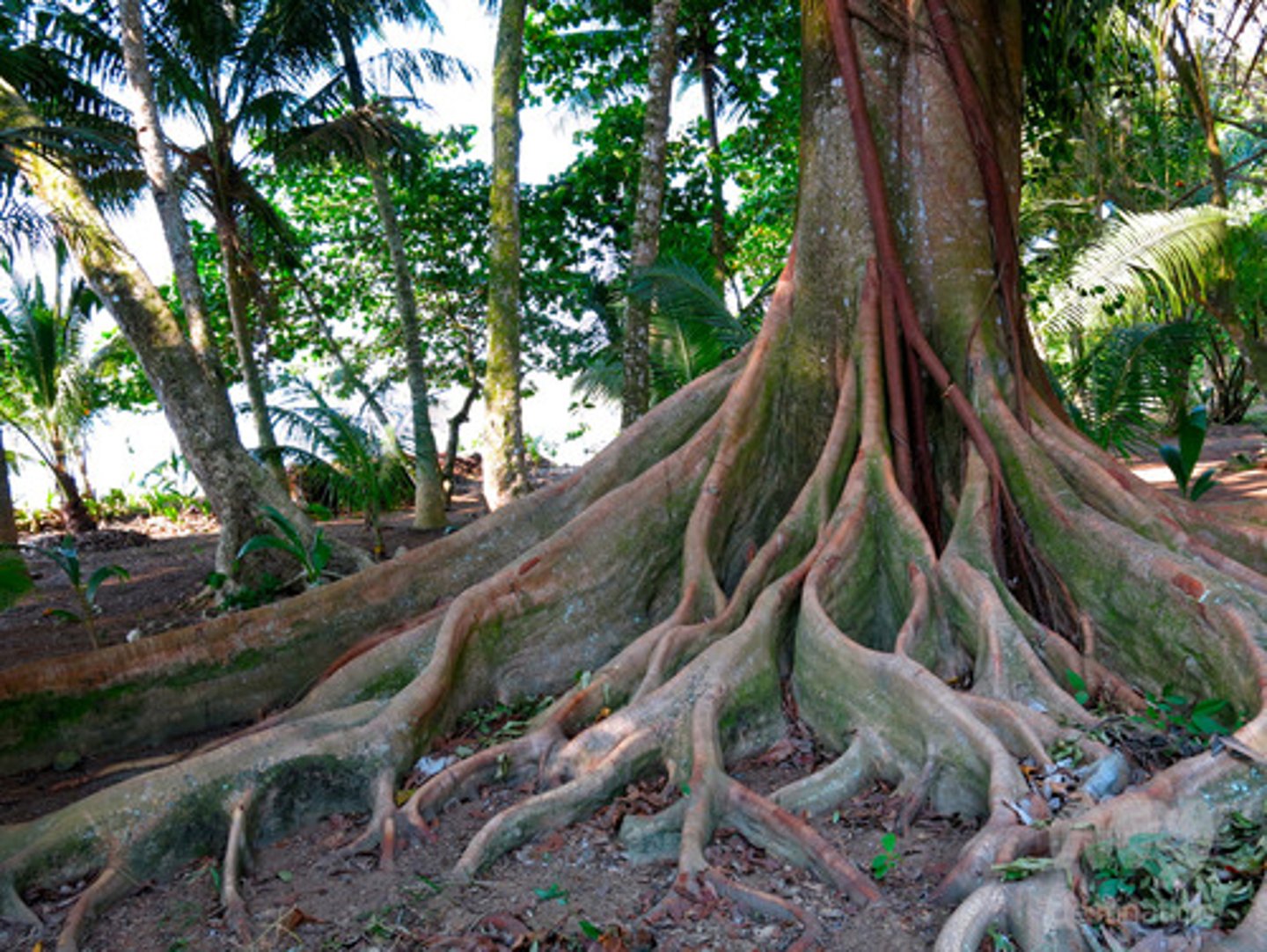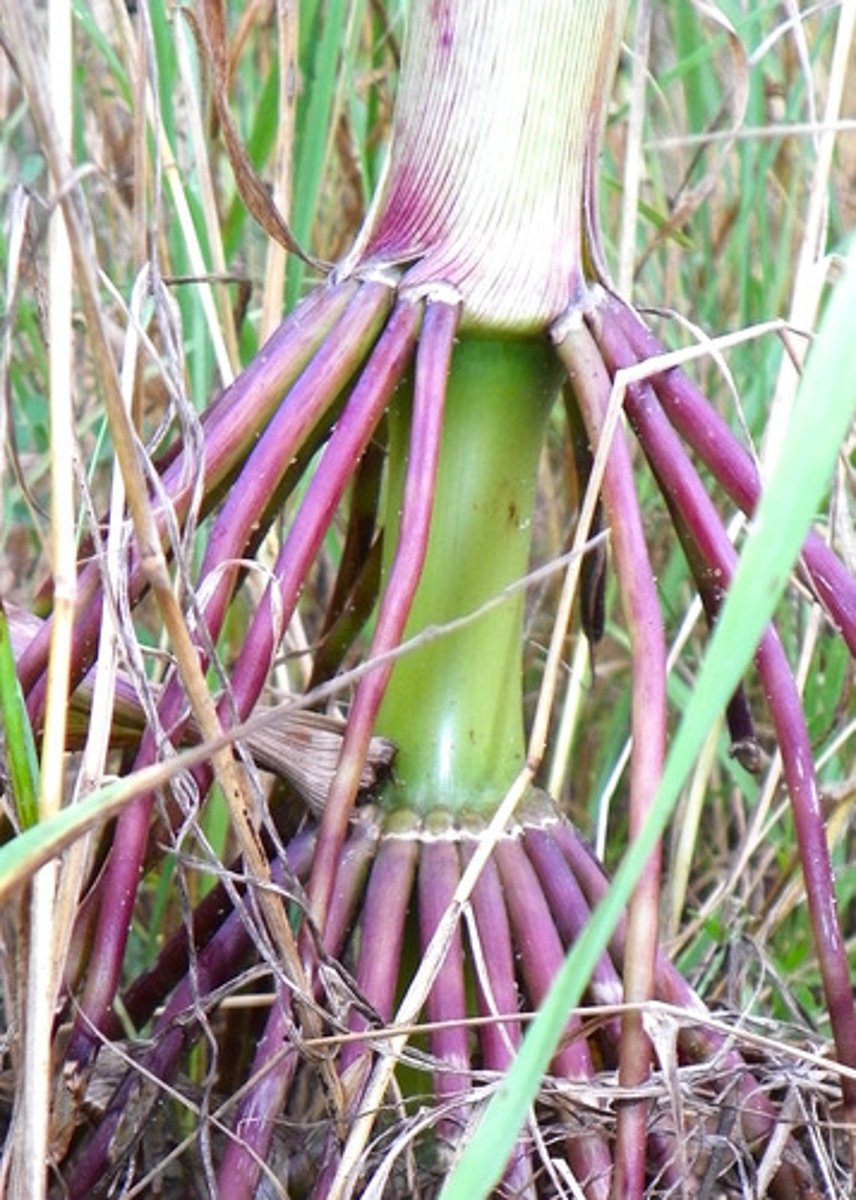Tropical Ecology Exam 2
1/199
There's no tags or description
Looks like no tags are added yet.
Name | Mastery | Learn | Test | Matching | Spaced |
|---|
No study sessions yet.
200 Terms
How many biogeographic realms and biomes are there?
8 biogeographic realms and 14 biomes
How many forest types are there in tropics?
moist broadleaf forests. coniferous forests. dry broadleaf forests
What other tropical biomes are there?
tropical and subtropical grasslands, savannas, and shrublands. flood grasslands and savannas. montane grasslands and shrublands. deserts and xeric shrublands. mangroves
How many ecoregions are there?
867
What biomes are there in Kenya?
grasslands, savannas, and shrublands. deserts and xeric shrublands. moist broadleaf forests. montane grasslands and shrublands. mangroves. lakes.
Who is Holdridge and what did he create?
created Holdridge Life Zones. father of rain forest science in Costa Rica. established La Selva in 1954 (sold to OTS). co founded Tropical Science Center (1962). author of a simple global bioclimatic scheme
Where are Holdridge Life Zones typically used more?
The Americas
what do the life zones of the tropical rain forest include?
tropical moist forest. tropical wet forest. tropical rain forest
Guineo Congolian belt
tropical rain forest belt running across Africa
what is the biggest rain forest in the world?
Amazon rain forest. historically and presently
according to holdridge life zones what is a rain forest
nonseasonal forest. broad leaved evergreen trees. abundant and consistent rainfall. more than 8000 mm (315 in) rain a year
how much rain does a tropical moist broadleaf forest biome receive a year
2000 mm (79 in) rain a year. relatively even rainfall from month to month
do tropical moist broadleaf forests have variation in rainfall and how much rain do they get per month
most have some degree seasonal variation of rainfall. receive no less than 100mm of rain in any month for 2 out 3 years
what is the annual avg temp of tropical moist broadleaf forest
24 C (75 F) or more
what type of trees are in tropical moist broadleaf forest
evergreen or partly evergreen
physiognomy
physical structure of an ecosystem
what are the different levels of the rain forest strata
canopy. emergent (outgrows everything). forest floor, mid canopy. understory (mostly shrubs)
describe the tree stature in rain forests
wide and lofty. 25 to 45 meters (80-150 ft). extreme @ 90 meters (300 ft)
tree crowns
portion of tree where branching occurs. crown shape may change with age
crown shape of a canopy tree
spreading and flattened
crown shape of a mid canopy tree
lollipop shaped
how does crown structure relate to tree height?
canopy trees have smaller crowns. mid canopy trees have larger crowns. mid canopy trees have greater crown depth. has to deal w/access to sunlight
tree trunk (boles) in rain forest
tall and slender. impressively vertical
tree bark in rain forest
vary in texture from smooth to rough. vary in color from light to dark. most will have splotchy appearance b/c of epiphytes
decomposition of tree roots
happens quickly. decomposition of biomass happens in shallow soil.
nutrients and tree roots, make sure to mention the problem
most nutrients present only just below the surface. advantage to surface rather than tap roots. causes potential structural instability
what are buttress roots
adaptation of surface roots. increased stability in response to surface level roots, wet soil, strong wind storms. reduce likelihood of a tree falling
how big are buttress roots
2 to 3 meters (6 to 10 feet). radiate like stabilizing feet
what do buttress roots add to structural complexity
provide habitats. increased niche space for organisms to take advantage of
identify surface roots

identify buttress roots

identify prop roots (stilts)

prop roots
"walking palm"- Socratea exorrhiza- Family Arecaceae. structural adaptation of shallow roots
how are vines important in rain forests
structural component. in tropics they are prolific. represent a high level of biomass in the forest. taxonomically represented by large # of families
vines and the nutrients and chemicals
provide substrate for animals and other plants. provide essential food sources. exhibit variety of growth forms. important factor of competition for light, H2O, and nutrients
name the 3 types of vines
lianas. bole climbers. stranglers
describe the type of vine a liana is and the life path it has
woody vine. begin as shrubs rooted in ground. tendrils seek trees and begin to climb upward. eventually reach tree crown. spread horizontally once penetrate crown
Panama study of liana and understory shrubs
43% of canopy trees contained a liana. 22% of understory shrubs
what family do you mostly find bole climber vines in?
Family Araceae-aroids
describe life path of a bole climber vine
seed germinates in soil forest floor. tendrils climb up tree trunks and tightly attach. anchors to tree w/aerial roots.
bole climber vines exhibit skototropism (T/F)
true
Skototropism
some vines have stems that grow towards darkness, not light
bole climber vines are hemi-epiphytic (T/F)
true
hemiepiphyte
a plant which starts growing as an epiphyte but, as it matures, becomes rooted to the soil.
what family does the strangler vine belong to
Family Moraceae- mulberry, only place come from
describe life path of strangler vines
seed germinates in canopy. drops tendrils down trunk to ground roots in ground. crude mesh of tendrils fuse together. often kills host trees by out competing or constricting.
how many Ficus species are there throughout the tropics (strangler vines)
750
what does the word epiphyte come from and what is another name for it?
Greek: epi (upon) and phyton (plant). "airplants"
are epiphytes parasitic and how much of plant richness do they represent?
not parasitic by strict definition. represent up to 25% plant richness
what does epiphtyes do?
trap soil and dust particles; create epiphyte mat. epiphytic load on a tree can be harmful
what are the examples of epiphytes
algae. fungus. lichens. liverworts. mosses. ferns. orchids- Family Orchidaceae. bromeliads- Family Bromeliaceae. pineapple (fruit from bromeliad). cacti- Family Cactaceae
describe the shape of leaves in tropical rain forests
very similar in shape across diversity. oval (longer than wide). unlobed. waxy. smooth margins
what pressures has caused these characteristics of leave shapes?
adapted keep water shedding off them. maximize exposure to light
what are the two physical characteristics described of leaves in tropical rain forests?
generally larger and longer than temperate leaves. commonly have trip tips
describe flowers in tropical rain forests
colorful. fragrant. large. pollination so large there have been adaptation for the above characteristics
describe the size of fruits and seeds in the tropical rain forest
exhibit range from small to large
what does the presence of fruits and seeds indicate according to animals
presence of large fruits suggests significant large animal dispersion. wind dispersion also occurs along with dispersion by animals
caulifory
flowers and fruits are produced directly from a wooded trunk
ramiflory
flowers and fruits are produced directly from older branches
epiphyll community
miniature epiphytic community of surface of leaves in moisture stressed environments
how tall are the tree in a tropical rain forest?
some more than 30 meters (100 ft). from many species
describe the general shape of tree crowns in the tropical rain forest
umbrella like tree crowns
what types of trees are the moist trees in a tropical rain forest
evergreen
what are the types of roots that are most common
buttress and prop roots
describe the fruits and flowers found in a tropical rain forest
mostly animal pollinated flowers. at least some flowers and fruits are available year round
what are the leaves like in tropical rain forest
typical leaves are oval, waxy, have drip trips, and some are very large
what is the understory like in a tropical rain forest
deeply shaded understory with scattered sun flecks
describe the tree canopy and forest gaps for a tropical rain forest
emergent trees give canopy an uneven look. frequent forest gaps. poorly delineated forest strata
what is the bark like in tropical rain forest
no generalized patterns of bark color or texture
describe vines and epiphytes in a tropical rain forest
large number of epiphytes. many vines
what is the soil like in tropical rain forest
variable soil types and qualities
monopodial construction
lolli poped shape. lateral branches from trunk. main growth off of primary axis. monolayered foliage. mid canopy and understory trees
sympodial construction
spread/flattened crown. primary branches radiate like spokes of umbrella. increased branching oof of primary branches (secondary axis). multilayered foliage. canopy and emergent trees
crown shyness

what is the biome for a tropical dry forest
tropical dry broadleaf forest
what are the life zones for a tropical dry forest
tropical dry forest and tropical very dry forest
how much rain does a tropical dry forest get a year
500 to 2000 mm
describe the soil in a tropical dry forest
nutrient rich soil
seasonality in tropical dry forest
pronounced to extreme seasonality
species in tropical dry forest
less species richness than rain forest
describe the general idea for plants in tropical dry forest
plants are adapted to tolerate hot and periodically dry climate. deciduous to semi deciduous trees
what is the physiognomy in tropical dry forest
shorter trees. fewer epiphytes. less buttressing. varied trunk forms. mass flowerings. smaller leaves.
when do mass flowerings take place in tropical dry forest
rainy to dry season transition
describe the adaptations of leaves in tropical dry forest to survive the dry season
small leaves, less H2O loss. curling leaves, creates microclimate. thick and waxy leaves, thicker they are the less H2O loss
adaptations of leaves in tropical dry forest: stomata & spines
stomata open @ night, won't lose as much water. spines protecting them from potential grazers to eat H2O filled plant
adaptations of leaves in tropical dry forest: growth, leaves, and bark
selective growth. seasonally dropping leaves. photosynthesizing bark
what are the 3 types of tropical forests in Costa Rica
dry. wet. moist
what are the 3 types of tropical premontane forests in Costa Rica
moist. wet. rain
what are the 3 types of tropical lower montane forests in Costa Rica
moist. wet. rain
what are the 2 types of tropical montane forests in Costa Rica
wet. rain
what is the type of tropical subalpine forest in Costa Rica
rain
what is the precipitation and elevation for tropical savannas, grasslands, and shrublands
500 to 2000 mm precipitation a year. low elevations (<1200 meters)
general characteristics of tropical savannas, grasslands, and shrublands: soil, seasonality, grasses, and fire
nutrient poor soil (mostly sandy). pronounced to extreme seasonality. dominated by grasses. typically dominated on fire and herbivory for maintenance
what are the 3 basic types of savannas
nonseasonal savanna. seasonal savanna. hyperseasonal savanna.
nonseasonal savanna
nutrient poor soil. white sandy soil w/rapid drainage where climate is wet most of year
seasonal savanna
nutrient poor soil (sandy). stressful dry season. dependent on fire. most common throughout tropics
hyperseasonal savanna
nutrient poor soil. extreme seasonality leads to either too little or to much H2O (waterlogged)
how big are Afrotropical Savanna
27 African countries w/large expanses of Afrotropic savanna
megafauna and Afrotropical Savanna
intact megafauna. other savannas have lost Pleistocene megafauna
forests/studied and Afrotropical Savanna
most bordered by dry forest (acacia dominated). most extensively studied